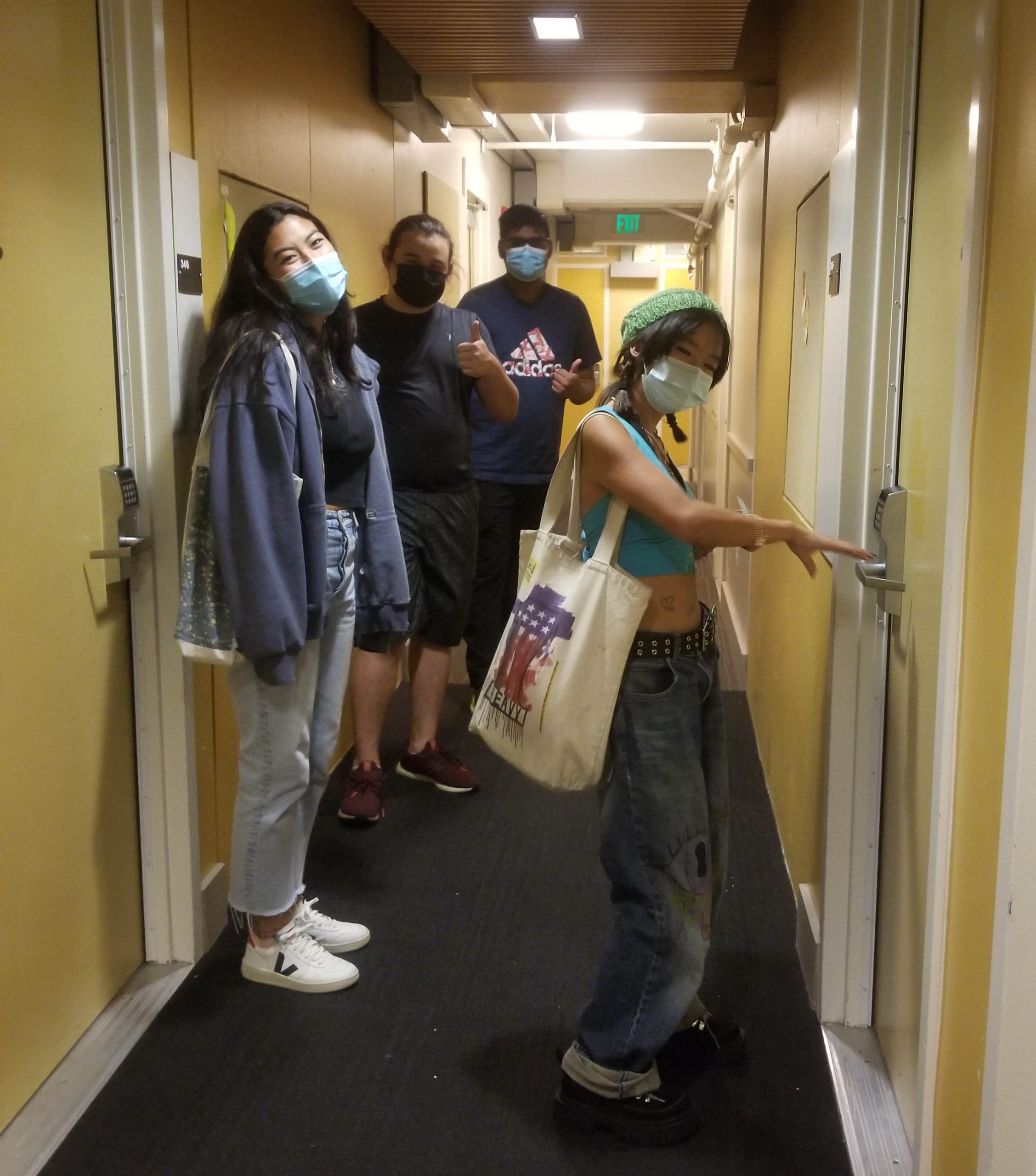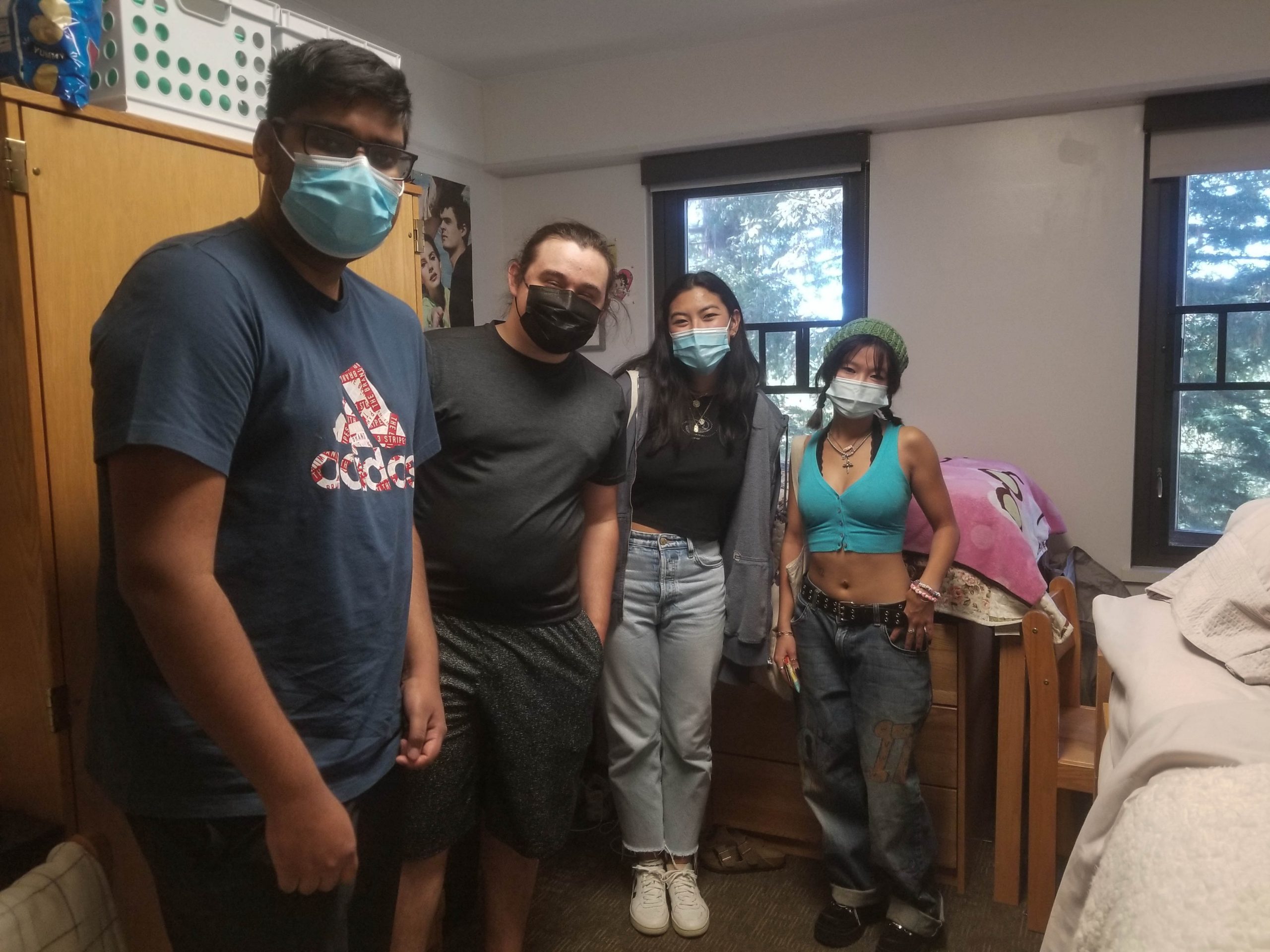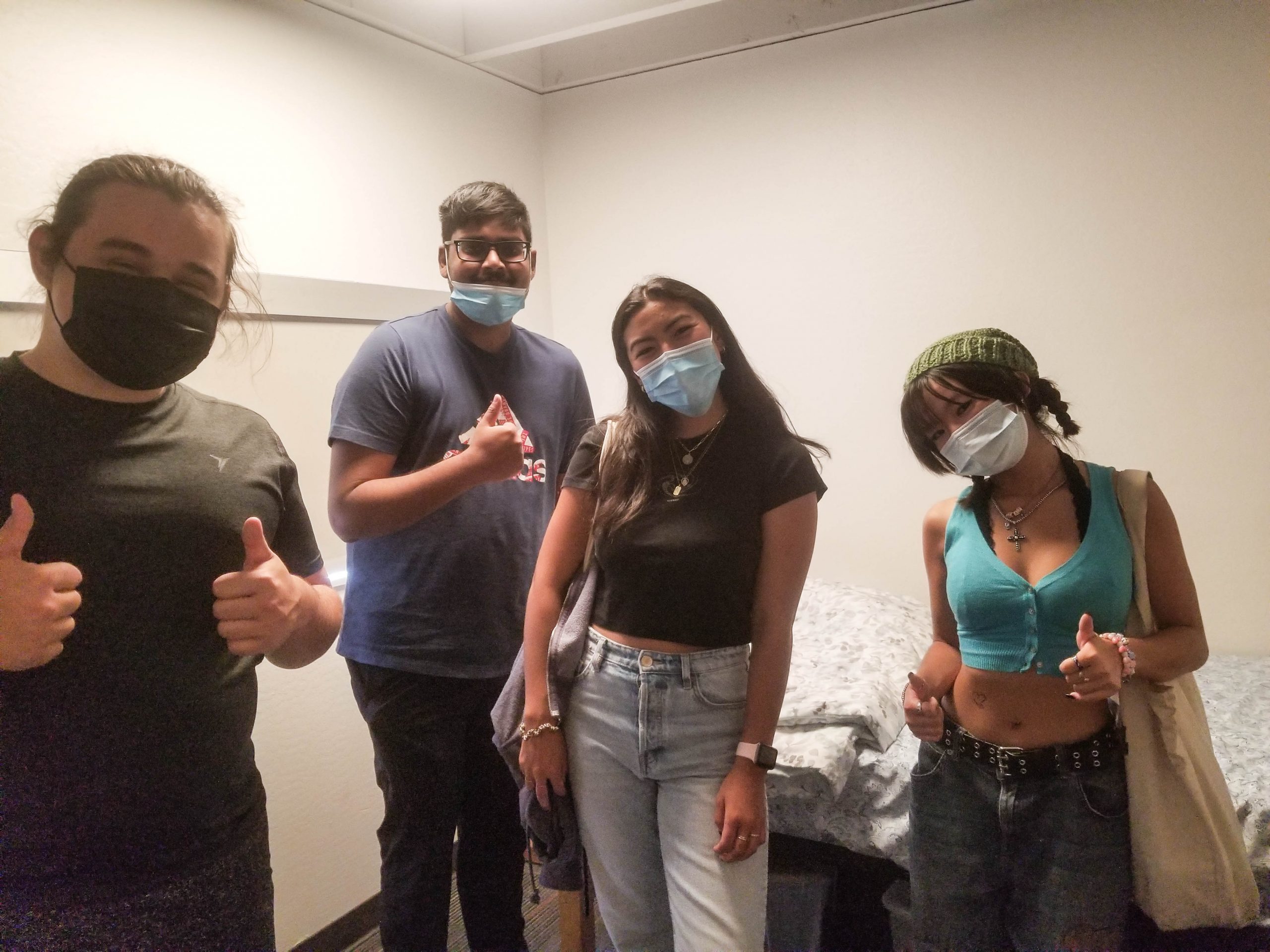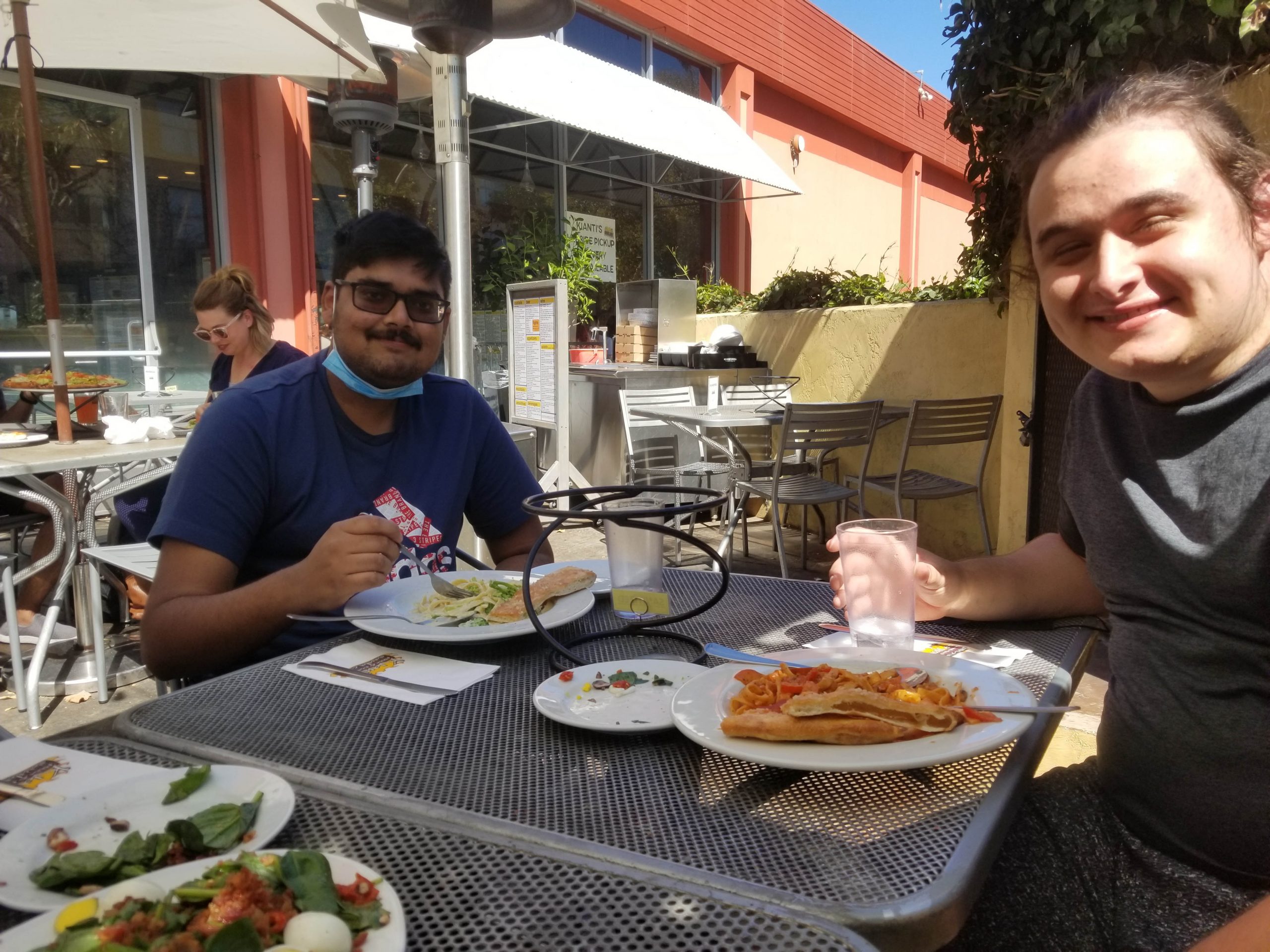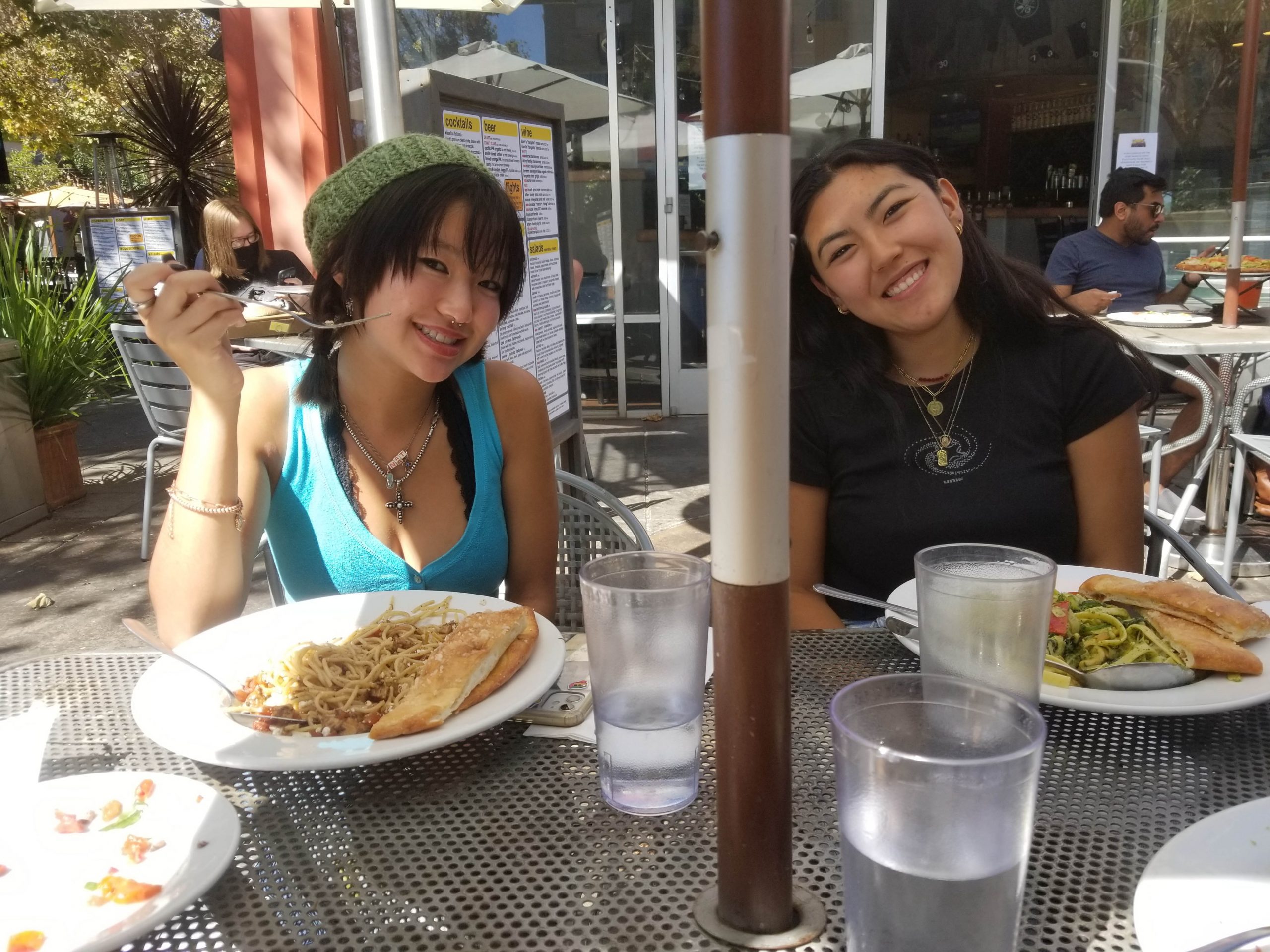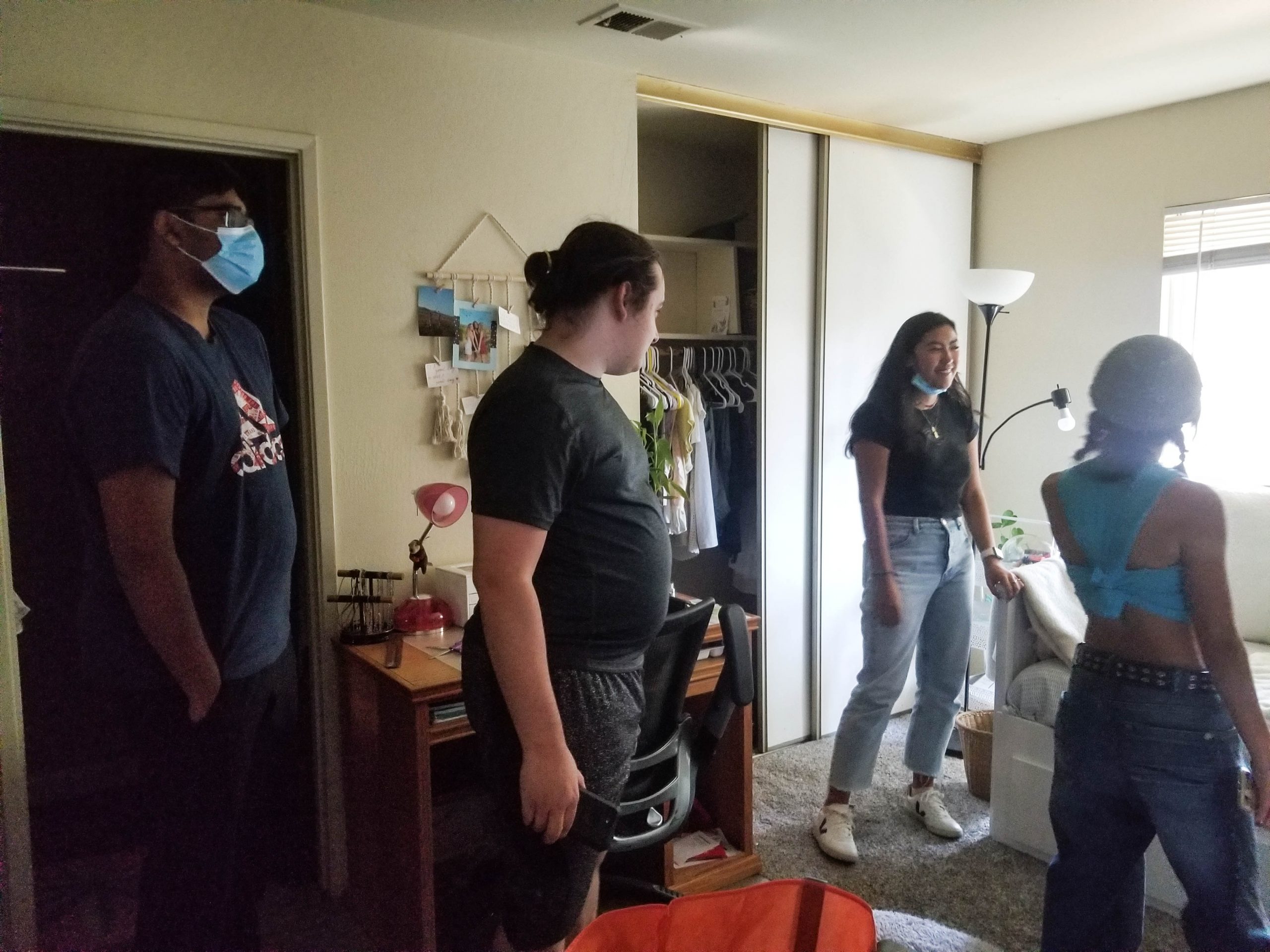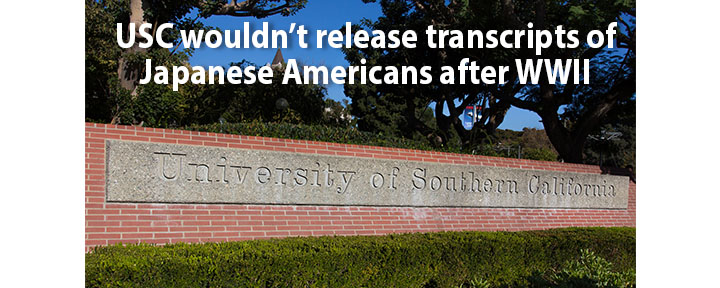
My entire extended Japanese American family was interned for over 3 years during WWII. I remember when I first learned about this from my grandfather, I was taken aback by his matter-of-fact tone as he told me how he dressed in his Sunday-best suit with his suitcase in hand and his family of 4 in tow, as he waited at the gates at the Manzanar Relocation Center. Listening to how he lost his home, his business, and his dignity, infuriated me.
Even when then-president Ronald Reagan paid $20,000 reparations to the living Japanese Americans who were interned during WWII (most had died by then), I felt that it was a day late and a dollar short… And now, USC just formally apologized for refusing to release transcripts of the 120 Japanese American college students (who were forced to drop out of college) so they could study elsewhere. For those who wanted to re-enroll at USC after the war, they were told that they would have to start over and that none of their credits would be honored. Disgraceful.
I realize that times were different back then, and so I take a deep breath and think that I am glad that they are offering posthumous degrees to all of their USC students who weren’t given the opportunity to gain that coveted college degree. It took almost 90 years to right the wrong, but I guess it’s never too late for an apology.

My entire extended Japanese American family was interned for over 3 years during WWII. I remember when I first learned about this from my grandfather, I was taken aback by his matter-of-fact tone as he told me how he dressed in his Sunday-best suit with his suitcase in hand and his family of 4 in tow, as he waited at the gates at the Manzanar Relocation Center. Listening to how he lost his home, his business, and his dignity, infuriated me.
Even when then-president Ronald Reagan paid $20,000 reparations to the living Japanese Americans who were interned during WWII (most had died by then), I felt that it was a day late and a dollar short… And now, USC just formally apologized for refusing to release transcripts of the 120 Japanese American college students (who were forced to drop out of college) so they could study elsewhere. For those who wanted to re-enroll at USC after the war, they were told that they would have to start over and that none of their credits would be honored. Disgraceful.
I realize that times were different back then, and so I take a deep breath and think that I am glad that they are offering posthumous degrees to all of their USC students who weren’t given the opportunity to gain that coveted college degree. It took almost 90 years to right the wrong, but I guess it’s never too late for an apology.

Come hear Alisha’s talk on Sunday, November 7th, 2019 at the Rio Theatre in Santa Cruz.
Our world is transforming into a dangerous place full of people dying from carcinogens in our drinking water. This water contamination occurs as a result of hydraulic fracturing, or fracking, which is a process where high pressure fracking fluid is injected underground to extract fuel and natural gas. The fracking fluid contains over 1100 chemicals, and these chemicals seep into our drinking water. Alisha discusses the adverse health implications of these contaminants as well as her progress in finding a water filtration solution.
About Alisha Bhatia:
Alisha Bhatia is a junior in high school who is interested in biochemistry, neuroscience, and psychology. She also enjoys spending time with friends and family, watching movies, and taking personality tests. Her goal is to spread awareness about the urgency of the clean water crisis yet provide hope in the midst of these challenging times.
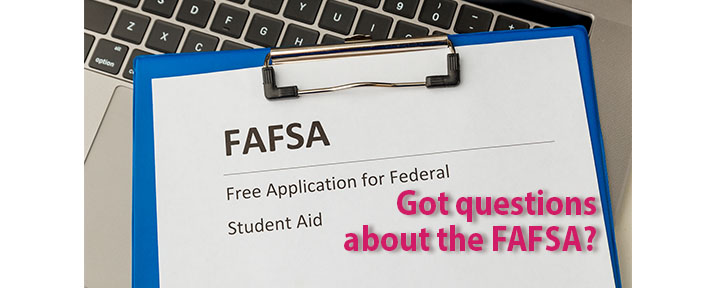
Got a kid applying to colleges? Wonder what kind of financial aid and scholarships you’ll receive? You need to complete the FAFSA now. They’ve improved their free application but everyone still seems to have lots of questions. Check out this article that lays out what to expect after you submit the application and what to do if you need to make changes to your information.

I am firmly opposed to legacy admissions – the practice that legally allows colleges to favor alumni’s children in admissions decisions. Students should be admitted because they are the best candidates, not because their parents were part of an elite class or donated money. So many qualified students are rejected every year because those spots were given to children of alumni.
That’s why it’s exciting to see Leave Your Legacy, a group of 578 people who pledge not to give anything to colleges until they stop legacy admissions, stand up to this unfair practice. By working with alums from many colleges, Leave Your Legacy is beginning to bring attention to this injustice. They say that giving hereditary privilege is contrary to America’s commitment to the ideals of merit and equal opportunity. Legacy admits are overwhelmingly white and wealthy.
When parents go even further than just using their legacy status by bribing coaches, paying off SAT/ACT proctors, and paving the illegal path for their children to attend elite colleges, they send a tragic message directly to their children: They don’t believe their children will gain admission to college and the only way to get them in is to lie and cheat. The Varsity Blues scandal uncovered the ugly truth about the lackluster children who get into top colleges taking the precious spaces away from much-deserving, qualified students.
It’s encouraging to see alumni taking this bold step in changing the legacy admissions practice. I hope more alums send this message to admissions officers.

The demand for the coveted spaces at the 9 University of California has grown over the years, especially since many California students are preferring to stay in state thanks to the uncertainty around the pandemic. The acceptance rate for UCLA and UC Berkeley was 17% last year. The entire UC system received almost 250,000 applications in 2020.
While the UCs have been turning away plenty of qualified California residents – those whose parents are state taxpayers – they realized that they needed to do something to accommodate more students. By 2030, the University of California will add 20,000 students to their 9 campuses. As they should!

Come hear our brilliant and innovative speakers share their ideas worth spreading at our COUNTDOWN hosted by TEDxMeritAcademy. This year we’re focusing on climate crisis and healthcare solutions.
Rio Theatre
Santa Cruz, CA
Sunday, Nov 7th
1:00-3:00 pm
Get your tickets at tedxmeritacademy.com/tickets

Smart Wrapping Paper:
Did you know that wrapping paper is a $2.6 billion dollar industry? With Christmas, Hanukkah, and Kwanzaa around the corner, millions of pounds of paper will be used to wrap gifts just once and then be piled up in trash cans that line every street around the world. Wasteful! I didn’t realize how much this bothered me until I had a dream about it. When I woke up, I knew exactly what I needed to do. This was kind of like my Eco-Xmas tree dream. So here’s what I did:
I drove over to Fabrics R Us (a fabric shop) in San Jose to buy 20 yards of red and green satin (about $4/yard). Then I went to the Dollar Tree to buy 100 hair ties and scrunchies. I added a few curtain rods to my Wrapping Room to hang all of the satin squares that I had cut in various sizes. And voilà! I was all set for a paperless Christmas.
Wrapping gifts was a breeze! I just grabbed a satin square and placed the gift item right in the center of it. Then, I pulled all of the fabric up around the gift and tied it off – just like a girl’s pony tail. With the extra fabric, I would pull it through another loop of the hair tie creating a beautiful “bow.” It took just 5 seconds to wrap! No cutting wrapping paper, folding edges, taping ends, or adding ribbons.
The best part, after gifts were opened, we collected all of the satin sheets and then tossed them over the curtain rod so we can reuse them for the next holiday season. We also put all of the hair ties in a Xmas box to be reused again.

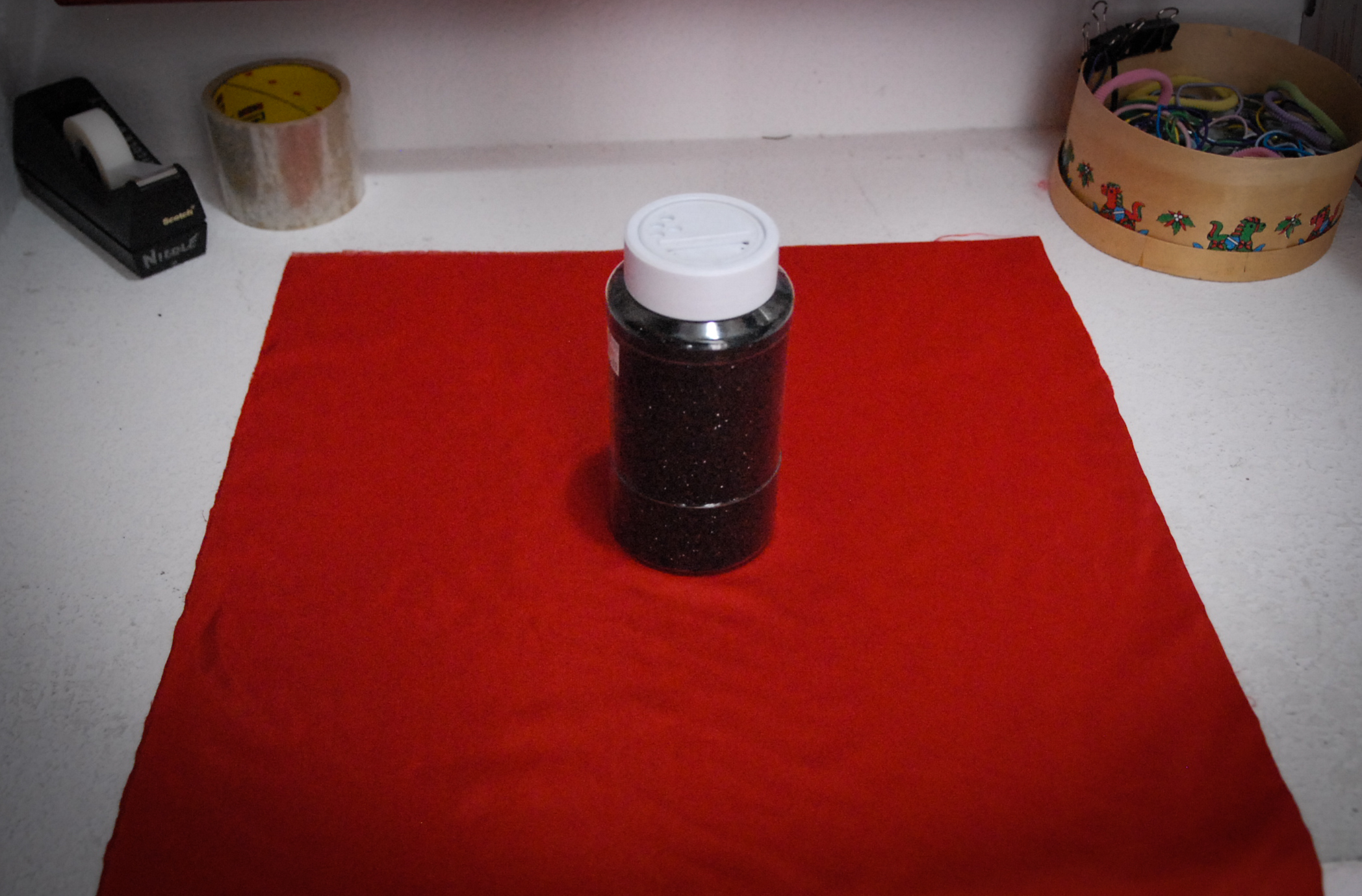


Smart Gift Tags:
Rather than buy gift tags for all of your holidays gifts, make them with your holiday cards from the previous year. Yup!
I love all of the beautiful, funny, and clever cards that we receive every year. Instead of throwing them out and contributing to the 25 million tons of additional garbage that end up at our landfills every December, I reuse them as gift tags the following year.
I save the front of the card and recycle the back part that has writing on it. During the next holiday season, I punch a hole in the card, pull a hair tie through the hole, and attach it to the satin-covered gift. Then I write the receiver’s name on the tag.
Each gift tag is unique and exquisite! The best part — we don’t cut down any trees, reduce waste at the landfills, and we don’t spend a penny on gift tags! It’s a win for us AND the planet!





Spent the day mesmerized by moving brush strokes of Vincent Van Gogh’s paintings in the “Beyond Van Gogh” exhibit. So different from paintings in a museum, this display was projected on walls and floors with music that made me waltz around the room as I took in the bigger-than-life images. Fascinated by Vincent’s tumultuous relationship with his brother that inspired him to paint thick strokes with his palette knife, I enjoyed reading about Van Gogh’s life before I entered the exhibit.
Wish they played “Vincent Van Gogh – Starry Night” by Don McLean when “Starry Night” was projected on all of the walls and floors. So Nicole shared her ear buds with me and we both listened to it as we experienced this incredible 360-degree display.
Thank you to Nicole for treating me to this mind-blowing Vincent Van Gogh immersive digital art show.







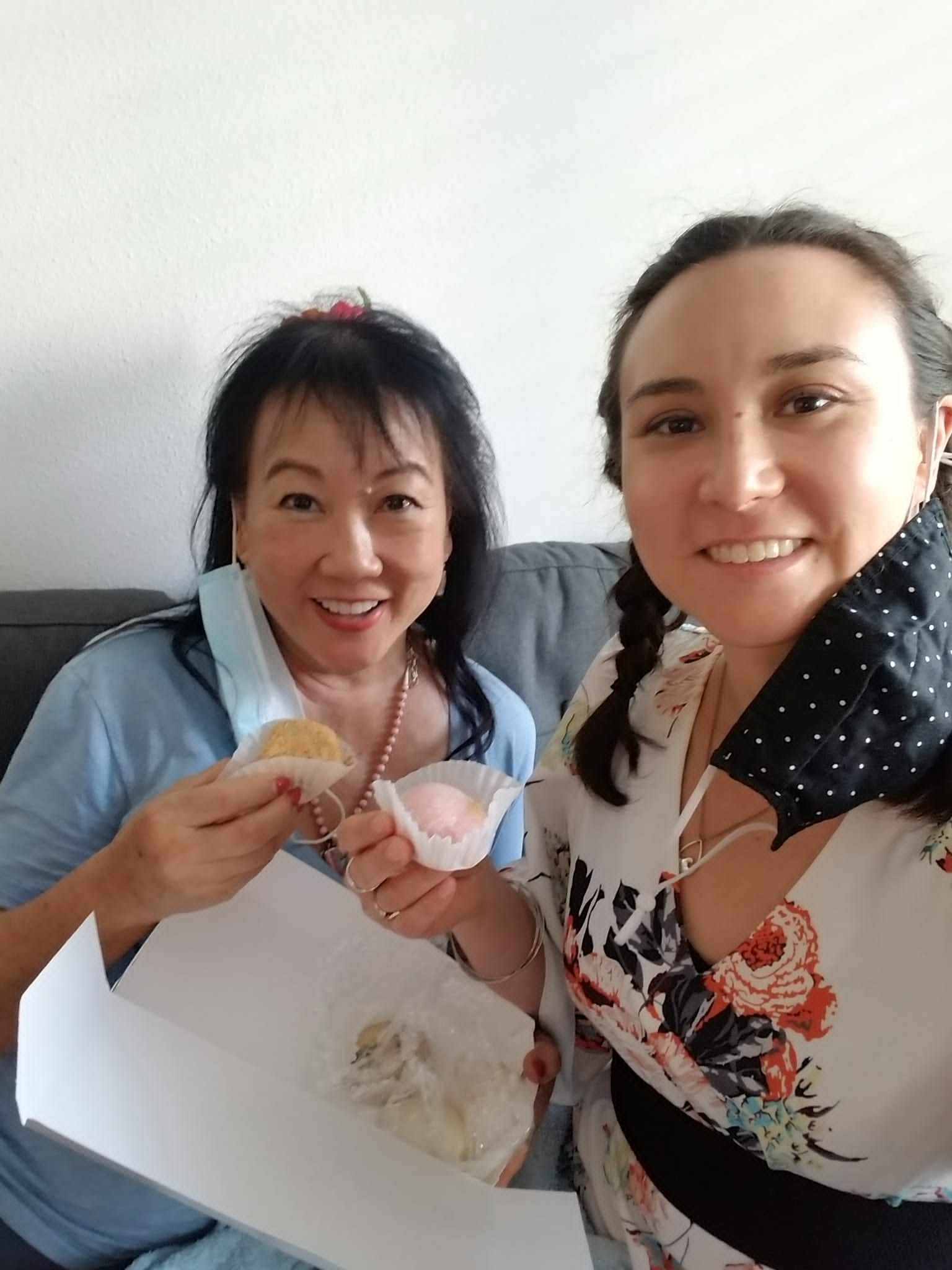

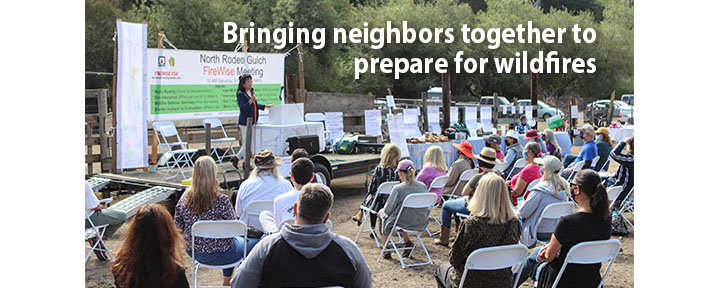
Living in a tinderbox in one of the most beautiful places on earth causes one to wonder if I’m crazy for living on 2-acres at the base of the Santa Cruz Mountains. Rather than run (to where?), I’ve made it my mission to make my neighborhood of almost 200 homes more fire safe by organizing and applying to become a Firewise USA recognized community.
I hosted a well-attended event with over 15 speakers to discuss clever and innovative ways that we can mitigate wildfire. Supervisor Manu Koenig spoke about what he’s doing to improve our roads and support Firewise neighbors. Central Fire Deputy Marshal Marco Mack discussed his proposal to get reflective address and road signs up so EMS and firefighters can find us and why everyone should sign up for CODE-Red, and Tony Akin, Central Fire, shared tips on home hardening, evacuation, and sheltering in place.
Then we had experts talk about using ham and MURS radio communication when our power goes out. Others talked about CERT, Go Bags, and limbing up and trimming trees. Having these enthusiastic members of nonprofit organizations sharing their tips and encouraging our neighbors to get involved created a powerful message: We can do something to reduce our fire risk.
My community wanted to know about fire-retardant paint and other products so I invited vendors to talk about the best vents (Vulcan Vents), paints (Firefree), services (Safer Building Solutions), and fire insurance and Wildfire Defense Systems (State Farm). Guests talked to these vendors about their individual concerns for hours after the event.
I invited 2 of my students to share their solutions for keeping their homes safe. Arul Mathur introduced F.A.C.E. (Fire Activated Canister Extinguisher) and Anush Anand discussed how vinyl gutters and siding are flammable.
Check out the video to learn more.

One of the advantages of being a private college advisor in Santa Cruz is that I can give incoming UCSC students the royal tour – and introduce my clients to one another! With online classes last year, students never stepped foot on campus so I had 1 junior, 2 sophomores, and 1 frosh who didn’t know anyone. After move-in day, I picked them up and we checked out everyone’s dorms and condos. It’s fun to see what the other residential colleges look like so they can begin to get a feel for the college themes.
I treated them to a UCSC favorite: Kianti’s for yummy pasta. After lunch, we drove along West Cliff Drive to see Steamer’s Lane, Seal rock, and Natural Bridges, of course! On the way back up to UCSC, we stopped by Ferrell’s Donuts to get donuts to enjoy later with their roommates – we were too stuffed to eat them. I tried to entice them to try Santa Cruz’s Marianne’s ice cream – maybe next time we’ll start with dessert!

